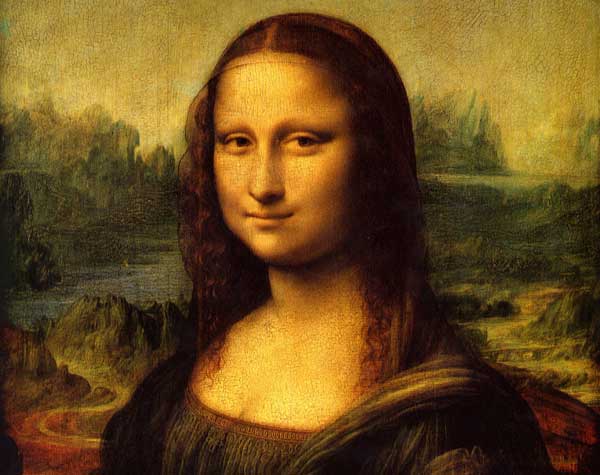What Was the Most Expensive Art Heist in History?

Last week's theft from the Paris Museum of Modern Art saw criminals make off with more than $1 million in paintings, according to news reports. But although works by Picasso and Matisse disappeared in the Paris robbery, that heist doesn't even compare to the Gardner Museum and Mona Lisa jobs.
There is some debate over which heist has earned the title of the most expensive one in history, said Alice Farren-Bradley, a stolen-art recovery specialist at the Art Loss Register, a firm that maintains the world's largest database of stolen and missing art.
The debate revolves around the 1911 theft of the Mona Lisa. The robbery would undoubtedly rank as the most expensive art theft of all time, but since the painting is essentially priceless, no one can assign a value for the purpose of comparison to other heists, Farren-Bradley said.
Beside the Mona Lisa theft, the most expensive art robbery in history is the March 18, 1990, robbery of the Isabella Stewart Gardner Museum in Boston, according to the FBI. In that job, thieves made off with almost $300 million in paintings, including works by Vermeer, Rembrandt and Monet, according to the FBI.
While that high dollar figure may make art robbery seem as lucrative as it does in movies like The Thomas Crown Affair, real art thieves rarely make big money off their crimes, said Farren-Bradley. Since the stolen pieces of art are easily recognizable, fencing them proves prohibitively difficult.
Often, it seems that the organization of theft is rarely accompanied by an equal amount of planning about what to do once the criminals have the painting in their hands, Farren-Bradley said. It would be nearly impossible to sell these works on the open market.
For that reason, many art thefts end with the robbers trying to sell the paintings back to the people or institution they stole it from, Farren-Bradley said. In other cases, if the paintings aren't recovered, the robbers either destroy the paintings to cover their tracks, trade the paintings for guns or drugs on the international black market or sell them to unsuspecting low level dealers as imitations paintings, Farren-Bradley said.
Get the world’s most fascinating discoveries delivered straight to your inbox.


